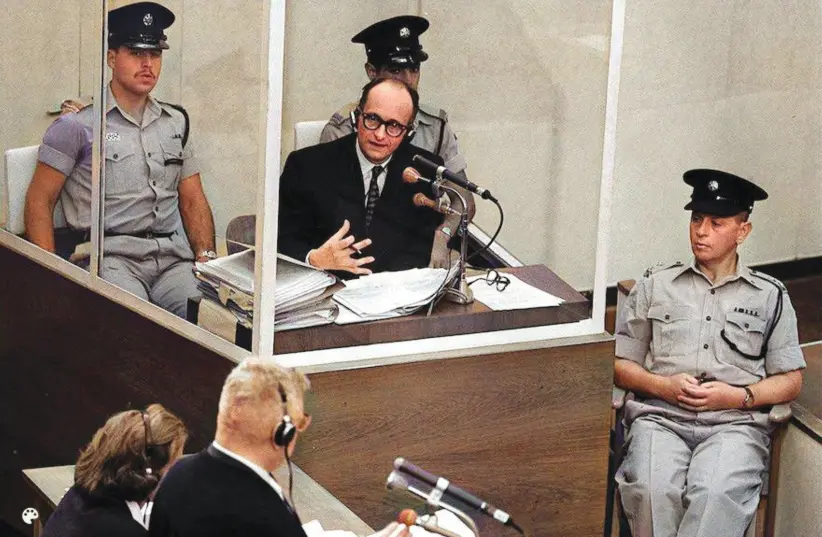Adolf Eichmann, one of the architects of the Holocaust, entered a not guilty plea at his trial in Jerusalem in 1961, claiming he was merely following orders and insisting he was a “nationalist” rather than an “antisemite.”
The German-Jewish political scientist Hannah Arendt, who covered the proceedings for The New Yorker, implicitly endorsed his ludicrous claim when she misleadingly described him as a banal “functionary” and just another cog in the Nazi machinery of genocide.
Eichmann, a high-ranking Gestapo officer who specialized in Jewish affairs, was lying, of course, desperately trying to save himself from the hangman. Eichmann’s unwavering denials stood in sharp contrast to his remarks criticizing Nazi war criminals who had refused to accept responsibility for their crimes.
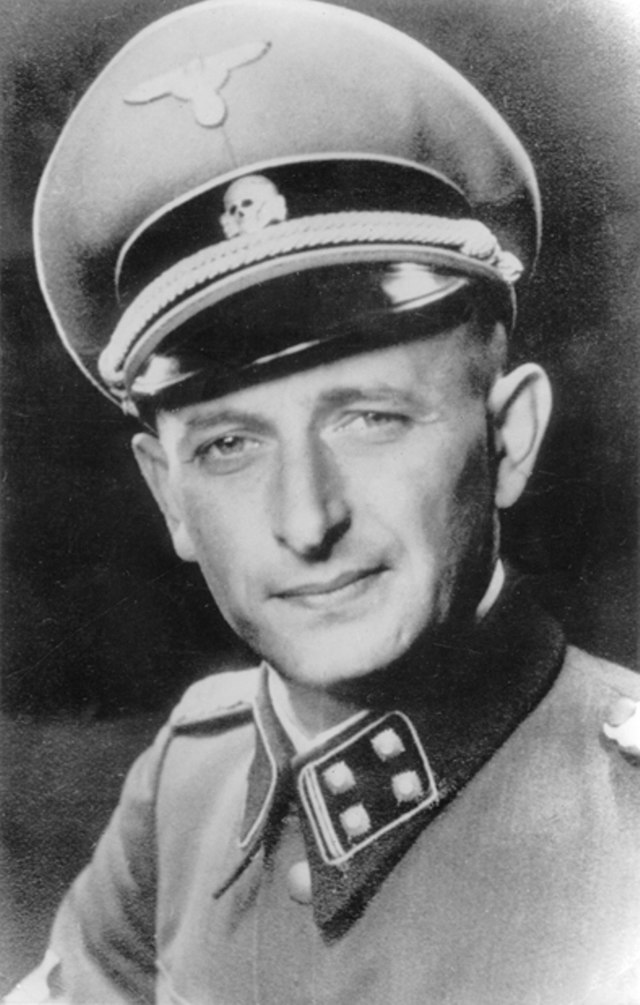
In fact, Eichmann was an ideological antisemite who, in his role as chief logistical officer of the Holocaust, organized the mass deportations of European Jews to Nazi extermination camps in Poland.
As Yariv Mozer’s three-part documentary, The Devil’s Confession: The Lost Eichmann Tapes, convincingly shows, there was a yawning gap between the crass lies he cynically peddled at his trial and the candid views he expressed in 28 hours of taped confessions he recorded in 1957 in Argentina with Willem Sassen, a Dutch journalist and Nazi sympathizer.
In these self-incriminating tapes, which were temporarily lost during his trial, Eichmann admitted he had carried out his murderous duties with ardor and enthusiasm, thereby dispelling his self-serving myth that he was a mere bureaucrat carrying out the orders of his superiors.
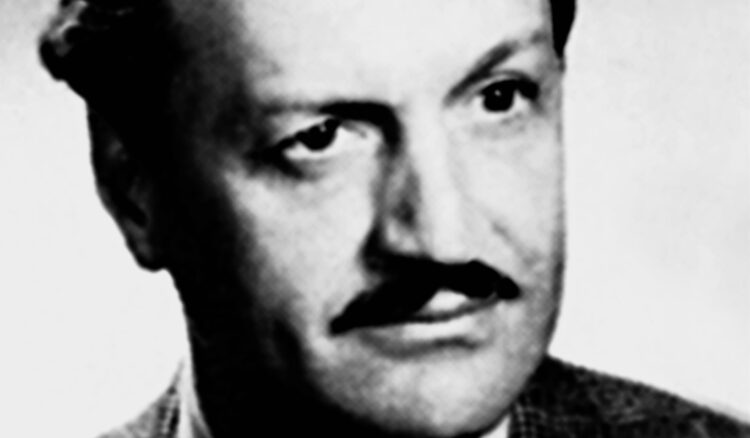
Mozer’s three-hour film, which was aired by the Israeli public broadcaster Kan last year, is currently available on the Crave television network. It is an amalgam of file footage from the trial, reenactments of Eichmann’s interactions with Sassen, and interviews with historians. It imparts a tsunami of information, some of it repetitive.
Sassen met Eichmann in Buenos Aires, where both men lived after fleeing Europe.
During his crime spree, Eichmann reported to Reinhard Heydrich, who was in charge of implementing the Final Solution before his assassination in Czechoslovakia in the spring of 1942. They both attended the infamous Wannsee Conference in Berlin in January 1942, which laid out a systematic plan for the murder of Jews in Nazi-occupied Europe.
Eichmann travelled around Europe to ensure that this diabolical project was consummated. He visited the Auschwitz-Birkenau extermination camp on numerous occasions. Sassen, meanwhile, wrote glowing articles about Germany’s military conquests.
From his perspective, Eichmann’s greatest achievement was in Hungary, an ally which Germany invaded in March 1944 after learning that the Hungarian government intended to withdraw from the war and sue for peace.
Placed in charge of deporting Hungarian Jews, the last ones in Nazi-occupied Europe to be untouched by the Holocaust, he performed his duty efficiently. Under his watch, 440,000 Jews were deported and killed in Auschwitz-Birkenau within about two months.
He was so committed to that gruesome task that he countermanded a Hungarian order to stop the last transport to Poland.
At the end of the war, Eichmann returned to Germany, thinking he could live quietly there with his family. With the assistance of the Vatican, he and other Nazi war criminals fled to South America. In Argentina, then ruled by Juan Peron, he held a succession of jobs, including one at a Mercedes-Benz vehicle factory.
As the documentary explains, Sassen sought out Eichmann, a kind of celebrity in the local German community, because he wanted to prove that Adolf Hitler’s Nazi regime was not responsible for the Holocaust.With virtually every word, Eichmann upended Sassen’s grotesquely mistaken theory, thereby becoming the first major Nazi official to admit German complicity in the genocide of six million Jews.
In his interviews with Sassen, Eichmann can be heard speaking coldly of the Jews he condemned to purgatory: “I didn’t even care about the Jews I deported to Auschwitz. I didn’t care if they were alive or already dead.”
At another point, he said, “I regret nothing. We did nothing wrong. We exterminated an enemy and fulfilled our task.” Eichmann called himself an “idealist” striving to keep faith with antisemitic Nazi principles.
Sassen continued to interview Eichmann, even after discovering he was responsible for the deaths of millions of Jews.
When Eichmann asked Sassen not to release the contents of his interviews during his lifetime, he agreed to abide by Eichmann’s request. Sassen betrayed him, selling the rights to Life, a mass-circulation magazine published in the United States.
Eichmann’s sons, friends and acquaintances were furious and demanded the tapes. Instead, Sassen handed them over to a former Luftwaffe pilot, who buried them in his backyard in Buenos Aires. Subsequently, Sassen fled to Paraguay, having been hounded out of Argentina.
Eichmann was kidnapped by Mossad agents in 1960 and secretly flown to Israel to stand trial for crimes against humanity. Referred to clinically as Case 704061, the trial began on April 11, 1961.
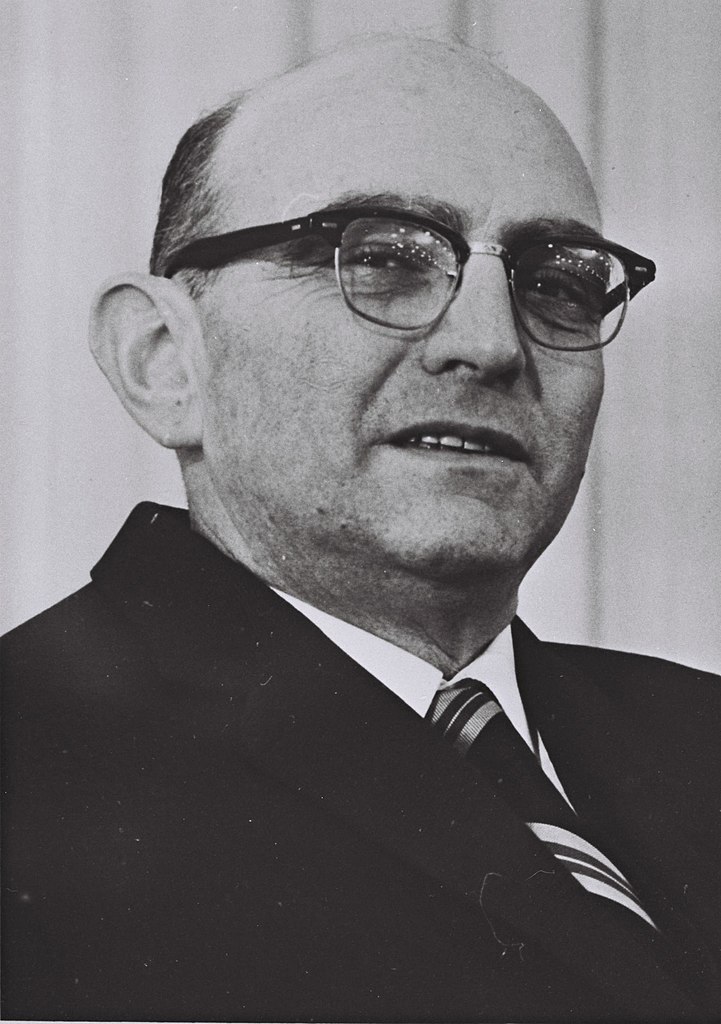
The prosecutor, Gideon Hausner, was Israel’s attorney-general. In private, he dismissed the defendant as a lowly postal clerk in terms of his appearance and manner.
During the trial, Hausner produced transcripts of the tapes, some pages of which contained Eichmann’s corrections. The judges admitted into evidence only those transcripts.
Eichmann speciously claimed that his comments in the transcripts did not represent his true views.
Hausner never disclosed the source of the transcripts, but he may have received them from the Austrian-based Nazi hunter and Holocaust survivor Simon Wiesenthal.
Much to his deep regret, Hausner never gained access to the recordings as the trial unfolded.
It didn’t matter.
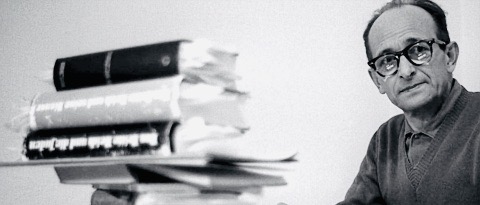
Eichmann, having been found guilty of all counts, was executed and cremated in 1962, his ashes dumped into the Mediterranean Sea.
The tapes are now in the possession of the German government archives in the city of Koblenz. How they got there remains unexplained in The Devil’s Confession.
